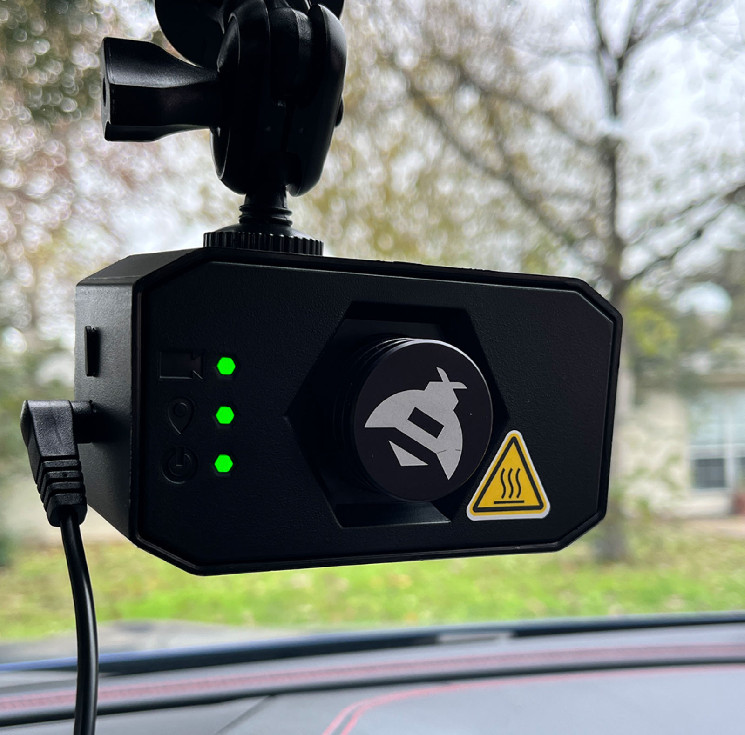The Decentralized Physical Infrastructure Network or “DePIN” narrative has been gaining a lot of traction these past few months, capturing the attention of industry observers and participants alike.
—
Given the large addressable market DePIN has, it’s not surprising that everyone is putting their focus on DePIN, which refers to infrastructure-related projects that utilize blockchain tech and token incentives to create a more verifiable network by aligning millions of participants.
DePIN isn’t limited to just one sector, though. It covers file sharing, wireless networks, cloud networks, storage, mobility networks, sensors, and computing networks, which points to its vast potential. Given this potential, it is logical to expect DePIN to propel cryptocurrency into the mainstream.
Hatu Sheikh, the Founder of Ape Terminal, echoes this sentiment. He describes DePIN as a “game-changing solution” that will disrupt the way we collaborate and govern across many sectors.
Collectively Bootstrap a Network from the Ground Up
Existing physical infrastructure is dependent on centralized entities, which inject massive investments, leading to the creation of monopolies. This lack of competition limits innovation. That is where DePIN comes into the picture, as it aims to flip this model on its head by creating a democratized version of building infrastructure.
While traditional systems use perks for their community of millions of users, DePIN projects are improving these systems by offering flexible and higher rewards.
It is by taking the help of crypto-economics and leveraging the principles of blockchain technology that DePIN brings individuals who are spread out globally together to build a network from the ground up and make it a success.
The way it works is that crowd-sourced providers are responsible for infrastructure building and maintenance and keep a record of it on the blockchain. In exchange for their work and committing their resources, they get rewarded with tokens. Once the infrastructure base is complete, users pay to get permissionless access to the network. Meanwhile, middleware, like an oracle, connects the blockchain and the physical infrastructure.
The supply-side participants share the responsibilities, which brings down the costs for the end user and creates a sharing economy. Here, users don’t depend on a single entity, which also eliminates the single point of failure. Overall, it allows unrestricted access, reduces entry barriers, and provides affordable solutions for everyone.
However, it’s notable that incentivizing the participants to build the network requires funding, which might be a challenging task. Also, projects need to strike the right balance between the number of tokens to issue and their value.
Multi-trillion Dollar Opportunity
As the crypto market rejoices and institutional money pours into Bitcoin, DePIN is uniquely positioned to grab the spotlight, showcasing its unparalleled ability to harness the value of real-world data. The sector has now begun to attract VC investment, with the likes of Coinbase, Pantera, Blockchain Capital, and Multicoin Capital directing their focus toward DePIN project investments.
As the sector gradually develops and gains attention, we will be seeing a proliferation of DePIN projects, whose success will be determined by their tangible impact in the real world. This burgeoning success will reflect on the token values and interest from investors and providers in the network.
A roster of DePIN projects from different categories is already laying the foundation for the sector’s imminent exponential growth. Leading the charge, BitTensor (TAO), Helium (HNT), Filecoin (FIL), and Render Network (RENDER) have already achieved billion dollar-market caps, while Hivemapper (HONEY), Arweave (AR), and Akash Network (AKT) are slowly building their communities.
Currently valued at $15.6 billion, as per CoinGecko, the total DePIN market stands at the precipice of a monumental leap, as the sector has trillions of dollars worth of market potential within its grasp.
The Microsoft and Amazon-dominated server sector alone is worth $1 trillion, while wireless offers a $2 trillion opportunity.
If we add other sectors like energy, mobility, and storage, the market expands even further. So, with DePIN, the possibilities are simply limitless.
Bridging the Gap between the Digital and Physical
When it comes to DePINs, it is their decentralized core that allows for the creation of adaptable and robust infrastructure. By addressing some hard-hitting challenges associated with the reliance on centralized infrastructure, these projects have the potential to advance the Web3 ecosystem.
For instance, Render is disrupting the 3D Graphics industry by offering high-quality rendering services at relatively lower costs. Another visionary project, WiFi Map, aims to become a global virtual network operator and proudly boasts of having 4.5 billion WiFi hotspots in its decentralized, community-driven wireless network.
Meanwhile, sensor networks like Hivemapper reward drivers for sharing collected data, which is then used to create maps, providing drivers with a novel form of passive income. Then, there’s the Peaq Network tokenizing a fleet of Teslas through the use of DePIN technology.
By offering real-world services, successful DePin projects can catalyze a new wave of crypto adoption. And as more people get involved, it brings down the cost, presents new use cases for decentralized collaboration, and increases awareness of this new revolution.
For now, though, centralized service providers remain more efficient and better organized. However, the introduction of scalable DePINs with improved tokenization mechanisms could be the key to unlocking a trillion-dollar future. Clearly, there’s a long journey ahead for DePINs, and we are just beginning to realize their vast possibilities.

